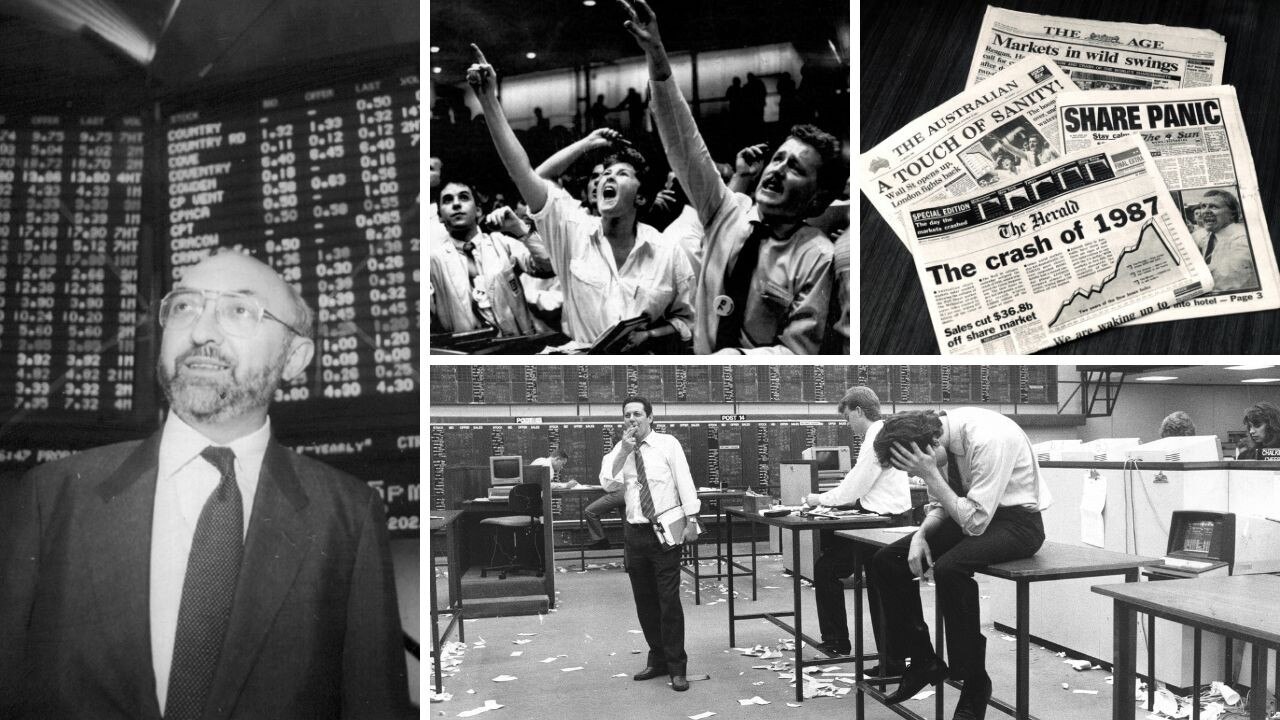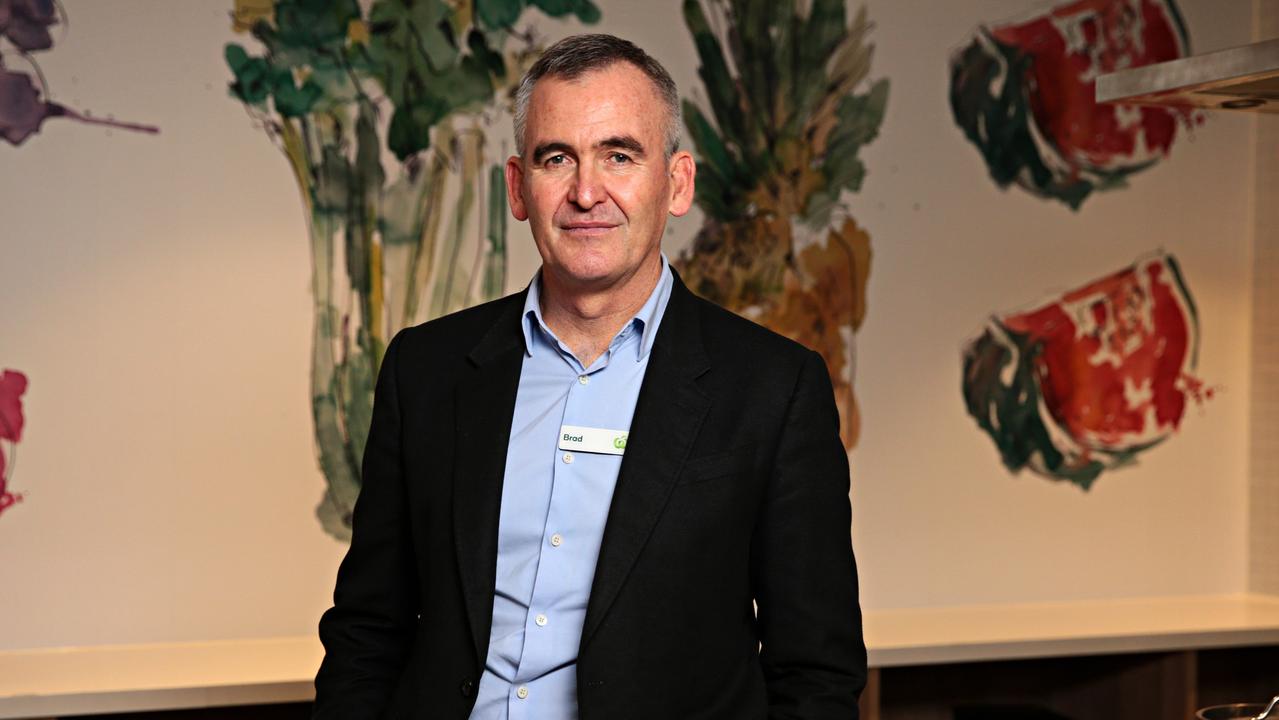Rates to stay on hold after surprise good inflation numbers
Outgoing RBA governor Philip Lowe should be chuffed at the latest lower-than-expected inflation numbers which mean there’s no chance of a rate hike next month.
Terry McCrann
Don't miss out on the headlines from Terry McCrann. Followed categories will be added to My News.
The Reserve Bank will leave interest rates unchanged again at its meeting next week – the second last under Governor Philip Lowe – after annual inflation came in lower than expected.
In May the last RBA forecasts had expected inflation of 6.3 per cent for the June year. It came in at 6.0 per cent.
This annual number though, conceals a more impressive inflation fall over recent months than had been expected, as it still includes ‘too much history’ – the much higher, near-8 per cent, inflation in the second half of 2022.
You need to zero in on how the RBA’s May full-year inflation forecast implicitly included a forecast of 1.1 per cent for the June quarter itself. The actual rise was only 0.8 per cent.
This mightn’t seem much of a difference, particularly to those who believe inflation is actually much higher than these official numbers say.
But statistically the difference is huge. Especially to how this RBA, at this delicate stage of transition from Governor Lowe to Governor Bullock, sees its task.
Critically, this shows that current inflation is – at least, statistically – significantly lower than the RBA had expected, running at an annual rate for the latest quarter of just over 3 per cent rather than the 4.5 per cent expected.
Even the six-monthly inflation for 2023 so far, on an annualised basis, was only around 4.5 per cent, compared with the 5 per cent expected just in May.
There is no way that the RBA would hike in the wake of this sort of data – even after the very strong jobs numbers of last week.
Indeed, Governor Lowe in particular – and also Governor-designate Bullock – would be hugely chuffed by the combination.
It’s precisely what he’s been trying to achieve with the pace of rate hikes.
That’s, getting inflation, first, back to around 3 per cent (and then, sustainably below it, in the 2-3 per cent range), while keeping the jobless number as low as possible, as close as possible, to the decades low level of 3.5 per cent.
So, as recently as the May forecasts he – and his team – didn’t think they could do it. That there would have to be more jobless pain.
They were still forecasting annual inflation would only get back to the 3 per cent in mid-2025, fully two years away.
It may, and I stress may, get close this year.
And secondly, that the ‘cost’’ of that inflation victory would have been a jobless rate around 4.5 per cent in mid-2025.
That’s a cost that might still have to be paid; and if it is, it will be entirely at the feet of treasurer Jim Chalmers (and the PM, and indeed the entire government), and not either Lowe or Bullock or indeed the rest of the rate-setting board.
It’s now all a matter of wages. And productivity.
And where we have a government which is promoting 4-5 per cent wage rises – not compatible with getting inflation even down to 3 per cent, far less sustainably into a 2-3 per cent range.
And which also has an almost virulently anti-productivity, anti-business, agenda.
Nevertheless, these inflation numbers emphatically endorse Lowe taking a victory lap.
Originally published as Rates to stay on hold after surprise good inflation numbers



